 "ttyymmnn" (ttyymmnn)
"ttyymmnn" (ttyymmnn)
08/14/2020 at 12:35 • Filed to: wingspan, Planelopnik, TDIAH
 6
6
 6
6
 "ttyymmnn" (ttyymmnn)
"ttyymmnn" (ttyymmnn)
08/14/2020 at 12:35 • Filed to: wingspan, Planelopnik, TDIAH |  6 6
|  6 6 |
!!! UNKNOWN CONTENT TYPE !!!
Welcome to
This Date in Aviation History
, getting of you caught up on milestones, important historical events and people in aviation from August 12 through August 14.
!!! UNKNOWN CONTENT TYPE !!!
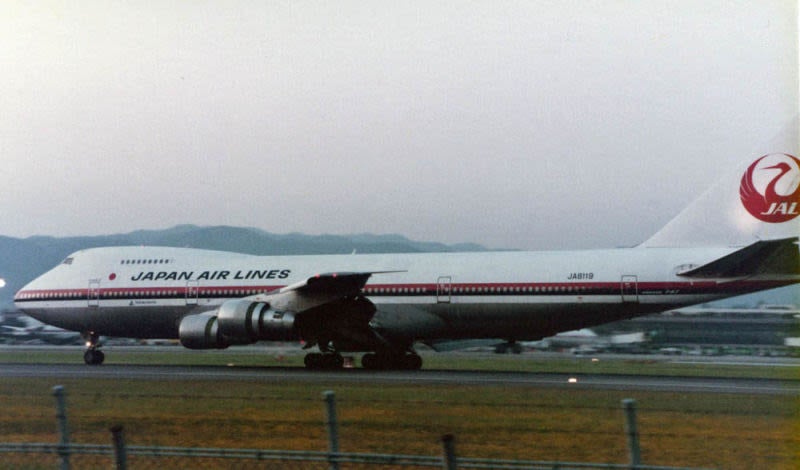
Boeing 747SR (JA8119) photographed at Itami Airport in Osaka, Japan about one year before it crashed.
August 12, 1985 – The crash of Japan Airlines Flight 123. In 1938, the !!!error: Indecipherable SUB-paragraph formatting!!! entered service as the first pressurized airliner, using bleed air from the engine’s superchargers to pressurize the cabin. Today, that bleed air comes from air bled from jet engines, and aircraft can fly at altitudes of 35,000 feet while passengers enjoy the comfort of flying at a simulated 8,000 feet. (The FAA mandates a maximum of 8,000 feet, while most airliners maintain 6000-7000 feet, and some business jets can maintain sea-level pressure.) But pumping that much air into the fuselage puts enormous stress on the aircraft, and repeated pressurizations and depressurizations can weaken an aircraft over time. This lesson was learned tragically when a series of fatal, explosive decompressions plagued the world’s first jet-powered airliner, the !!!error: Indecipherable SUB-paragraph formatting!!! , in the 1950s. De Havilland had fitted the Comet with large, rectangular windows, and crash investigators discovered that the cyclical compression and decompression of the aircraft caused metal fatigue and cracks around the large windows, which then contributed to fatal aircraft breakups. The Comet was redesigned to use oval windows, which then became an industry standard. Aside from the windows, another critical component of aircraft pressurization is the rear pressure bulkhead, a circular, dome-shaped structure that closes off the aft end of the passenger compartment tube from the rest of the !!!error: Indecipherable SUB-paragraph formatting!!! . This bulkhead must be regularly and rigorously inspected and, if damaged, must be repaired precisely to the standards set by the manufacturer. If not, the results of continued pressurization cycles could be disastrous.
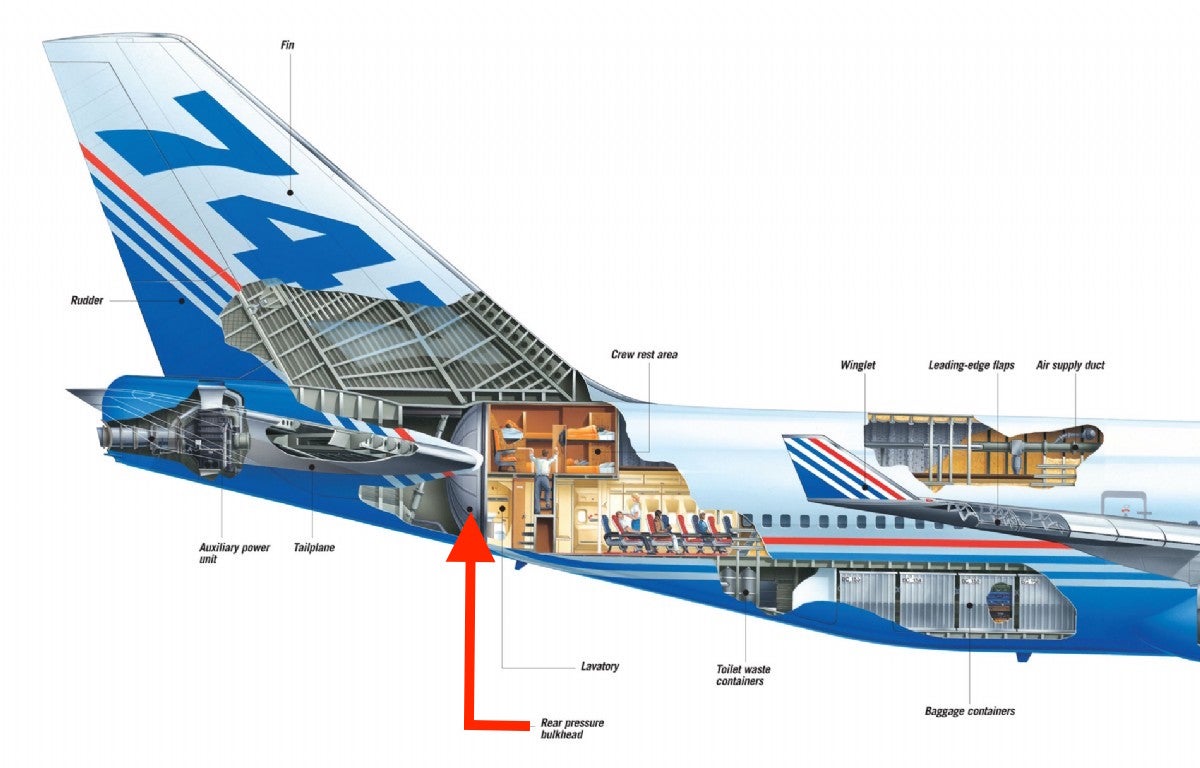
At 6:12 pm on August 12, 1985, Japan Airlines Flight 123, a !!!error: Indecipherable SUB-paragraph formatting!!! (JA8119) took off from Haneda Airport in Tokyo for a short, one-hour flight to Osaka International Airport. Just 12 minutes after departure, the aft pressure bulkhead ruptured, leading to a rapid depressurization of the cabin and the loss of most of the vertical stabilizer. When the stabilizer broke free, it ruptured all four hydraulic lines and left the plane almost completely uncontrollable. Captain Masami Takahama, a veteran 747 pilot with over 12,000 hours of flight time (4,850 in the 747), along with his crew, managed to regain some measure control using engine throttle inputs to steer and adjust altitude. But landing the plane safely would be next to impossible. The crew’s skilled piloting kept the airliner in the air for 32 minutes, long enough for many passengers to write farewell notes to their families. When the plane eventually crashed near Mount Osutaka, 505 passengers and crew were killed, making it the deadliest single-aircraft accident in history. Miraculously, four passengers survived, but it is surmised that more may have lived had the Japanese government acted more quickly to reach the crash site.
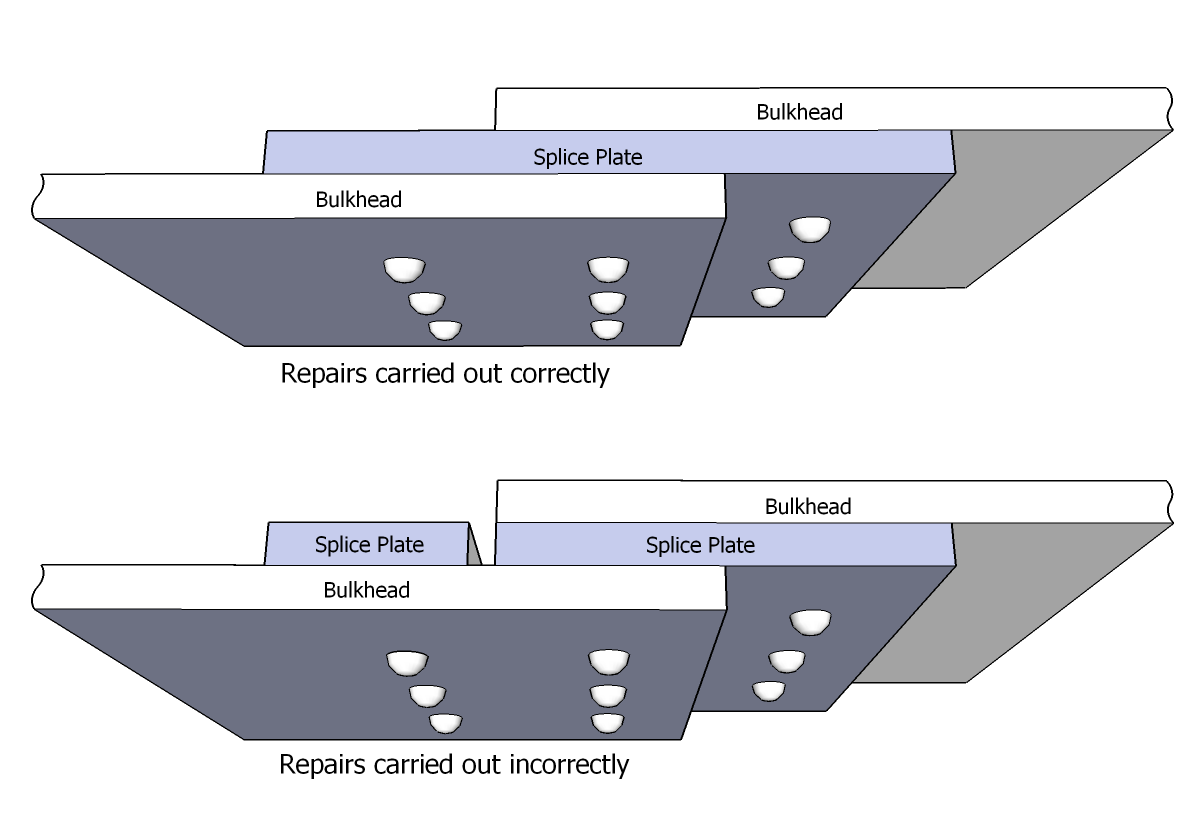
The top illustration shows how the spice plate should have been installed with overlapping rivets. The second illustration shows the incorrect repair carried out by JAL.
The cause of the bulkhead rupture was traced to an improper repair following a tail strike seven years earlier which had damaged the aft pressure bulkhead. Rather than provide a redundant overlap of the bulkhead sections as dictated by Boeing, technicians in Japan instead used two separate splice plates, leaving the bulkhead dangerously weakened. Even though the aircraft had gone through over 12,000 pressurization cycles before the crash, the bulkhead finally burst on that fateful day. Though JAL officially admitted no liability, they agreed to pay $7.6 million of “condolence money” to the families of the victims, JAL’s president resigned, and a maintenance manager committed suicide in atonement for improper repair. JAL no longer uses the number 123 for any flight, and has changed the flight number on that particular route to 127.
!!! UNKNOWN CONTENT TYPE !!!
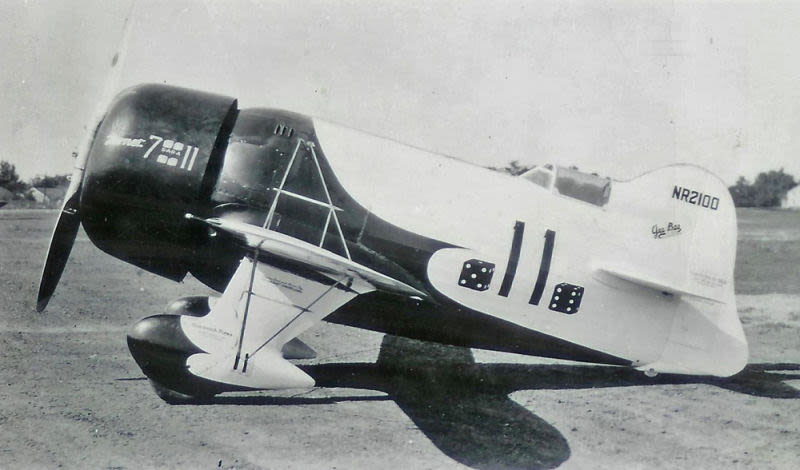
Jimmy Doolittle’s Thompson Trophy winning Gee Bee Model R
August 13, 1932 – The first flight of the Gee Bee Model R. The speed at which the airplane evolved from its first flight in 1903 to breaking the sound barrier in 1947 years is truly extraordinary. A mere eight years after the Wright Brothers first flight, the fighter plane became a fixture in the skies over the battlefields of WWI, and war has been one of the great drivers of advances in aviation. But during the the period between the World Wars, known as the !!!error: Indecipherable SUB-paragraph formatting!!! , the mantle of technological evolution passed into civilian hands. Aircraft design left fabric-covered airframes behind and replaced them with metal monoplanes of increasing size, strength and speed. And, just as the first automobile drivers pitted themselves against each other in contests of speed, airplane races became hugely popular. Events such as the the !!!error: Indecipherable SUB-paragraph formatting!!! drew entrants from around the world, and helped spur ever more experimentation and innovation.
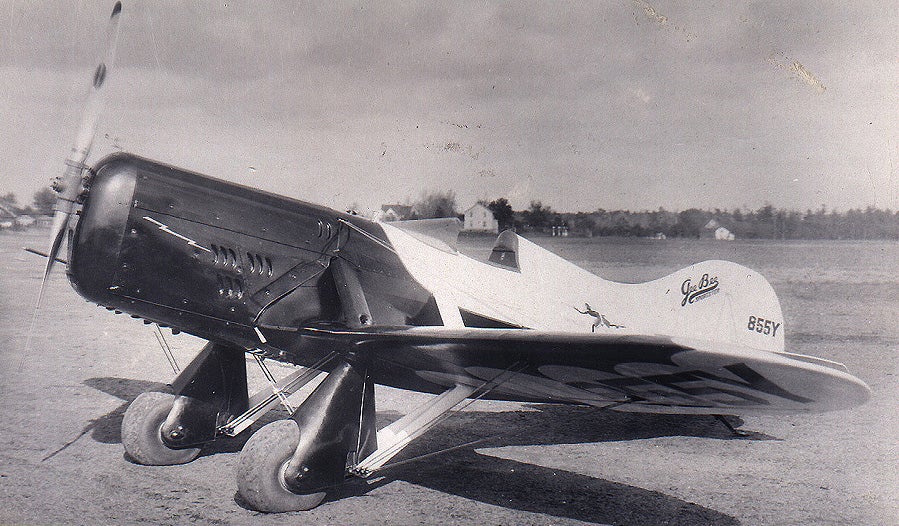
Gee Bee Model C Sportster with Menasco Motors B-4 Pirate 4-cylinder inline engine
Beginning in 1920, newspaper publisher !!!error: Indecipherable SUB-paragraph formatting!!! initiated the !!!error: Indecipherable SUB-paragraph formatting!!! in the United States, a series which included the !!!error: Indecipherable SUB-paragraph formatting!!! races sponsored by Thompson Products (the company that would eventually become the aerospace and automotive company !!!error: Indecipherable SUB-paragraph formatting!!! ) which began in 1929. These contests of speed and piloting skill pitted aircraft and pilots in closed-course races around pylons, while the !!!error: Indecipherable SUB-paragraph formatting!!! was created to recognize the fastest time between two points. In the quest to design the fastest aircraft possible, !!!error: Indecipherable SUB-paragraph formatting!!! built a series of powerful racers beginning with the !!!error: Indecipherable SUB-paragraph formatting!!! in 1930. All the aircraft featured cockpits that barely rose above the fuselage, relatively short wings, and most were powered by enormous radial engines. The planes were definitely fast, but they were also notoriously difficult to fly. Most of them crashed, claiming the life a number of pilots, including Zantford Granville, one of the five Granville brothers.
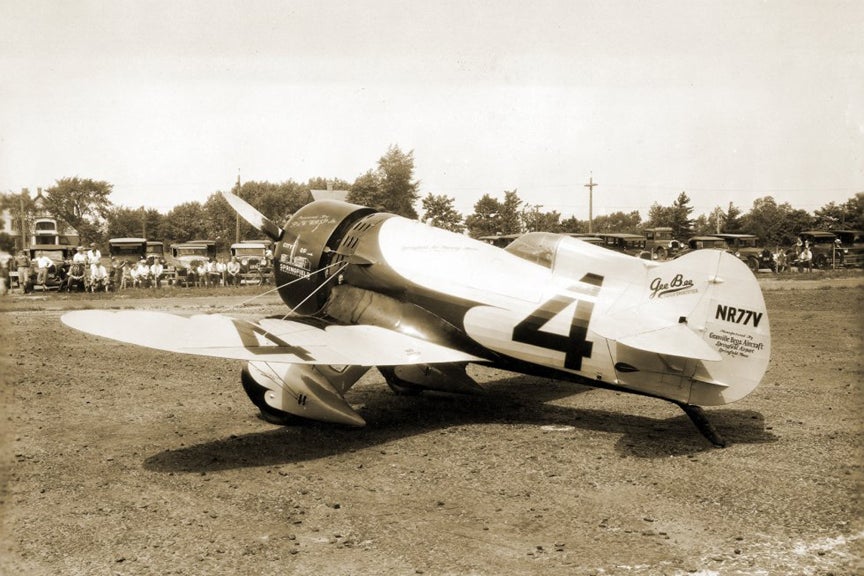
With the Gee Bee Model z, the Granville Brothers were approaching the classic and unmistakable shape of the Model R.
Undeterred, the remaining Granville brothers forged ahead in 1931 with the Gee Bee (as in GB, or Granville Brothers) Model Z, which was essentially little more than a !!!error: Indecipherable SUB-paragraph formatting!!! supercharged radial engine with wings. The stubby design certainly was fast, with a top speed of nearly 270 mph, and it won the Thompson Trophy in 1932. But with its minimal wings and vertical stabilizer it was also extremely difficult to fly, and a crash while attempting a world speed record killed pilot Lowell Bayles. Though the crash caused significant damage to the reputation of the Granville Brothers, they followed the Model Z with the Model R, perhaps the best known of the Gee Bee aircraft.
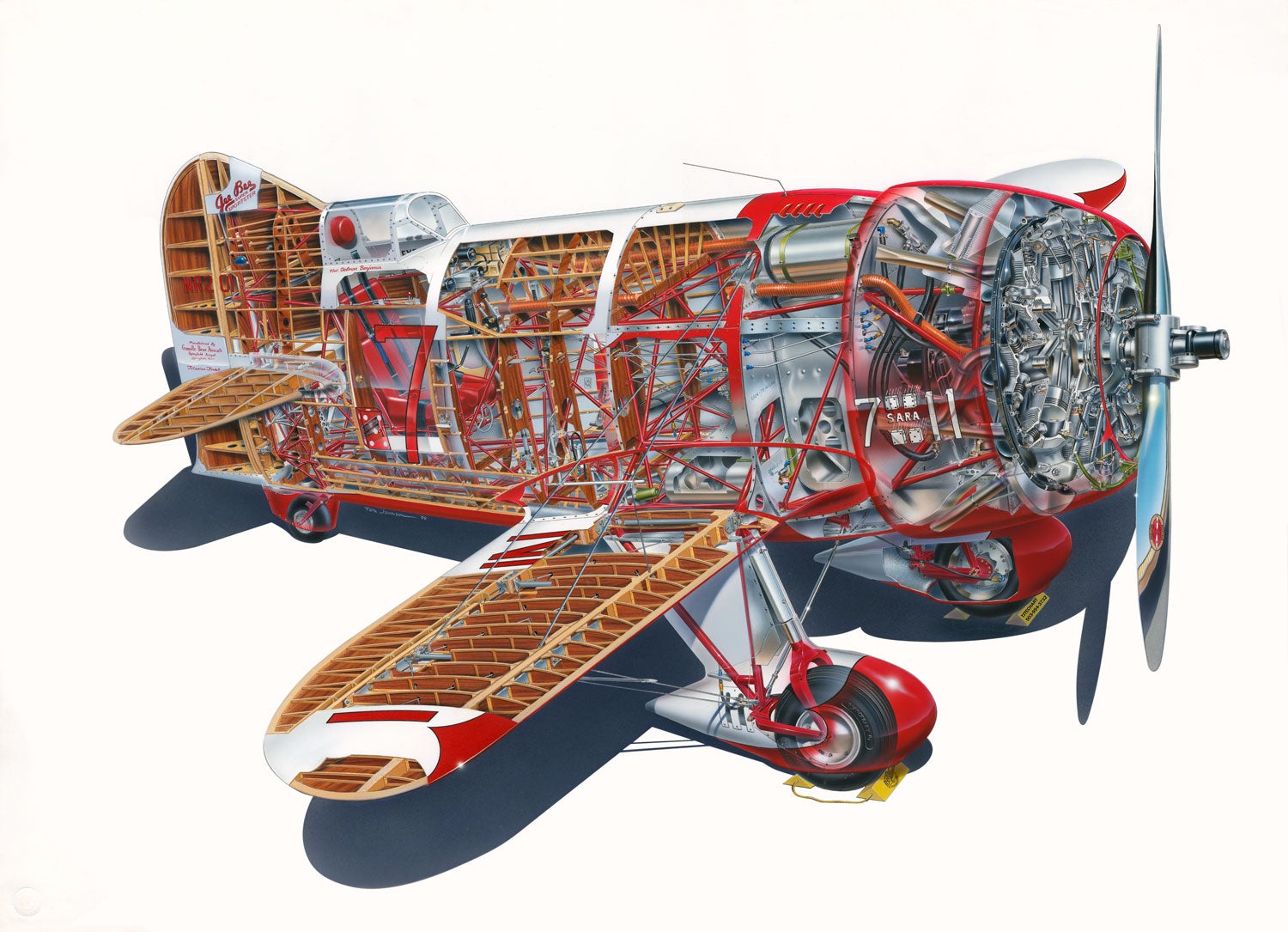
A cutaway of the Gee Bee Model R.
The Model R was two feet longer, and featured a refined fuselage shape that its designers hoped would make it more aerodynamic. The wings were lengthened slightly, but the cockpit was placed even farther back on the diminutive fuselage, and it was driven by a still more powerful !!!error: Indecipherable SUB-paragraph formatting!!! radial engine which provided 800 hp. The Model R continued to be a very difficult airplane to fly, even in the hands of experienced aviators. But the new design, with a top speed of nearly 300 mph, also allowed the pilot to lap the racing pylons in a knife-edge turn without losing altitude. In the hands of famed aviator !!!error: Indecipherable SUB-paragraph formatting!!! , the Model R won the Thompson Trophy in 1932 and set a land plane world speed record of 296 mph.
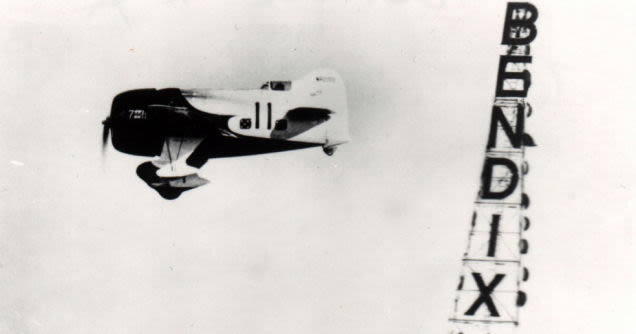
Jimmy Doolittle pilots the Gee Bee Model R to victory in the Thompson Trophy race in 1932
But the R-1 itself continued to be a handful to fly, and pilot Russell Boardman was killed flying a Gee Bee in 1933. Doolittle perhaps realized that he was cheating death and retired from air racing after his 1932 win, and went on to a storied career in the US Army Air Forces, where he commanded the audacious
!!!error: Indecipherable SUB-paragraph formatting!!!
on Tokyo in April 1942. None of the original Gee Bee aircraft exist today, but some replicas are still flown by brave pilots in the quest for speed.
!!! UNKNOWN CONTENT TYPE !!!
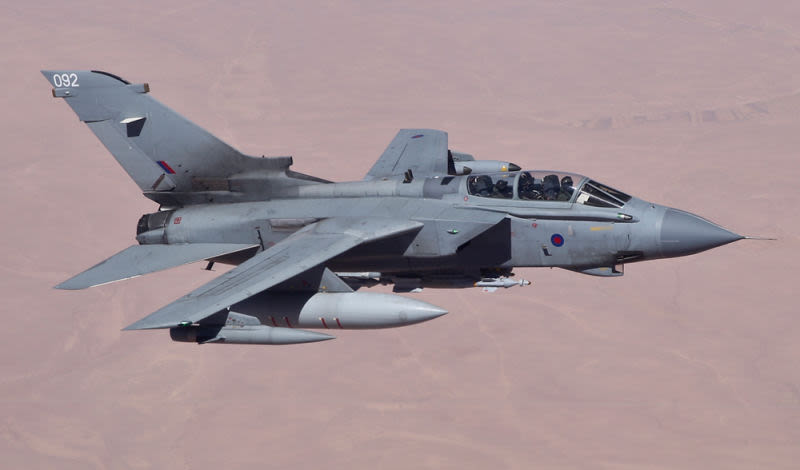
An RAF Tornado over Iraq in 2014
August 14, 1974 – The first flight of the Panavia Tornado. Throughout the history military aircraft, various schools of thought have arisen on how best to employ warplanes. In WWI, aircraft started out purely as observation planes, but then evolved into dedicated fighter aircraft. By WWII, there remained dedicated fighters, but also purpose-built !!!error: Indecipherable SUB-paragraph formatting!!! aircraft, !!!error: Indecipherable SUB-paragraph formatting!!! , and !!!error: Indecipherable SUB-paragraph formatting!!! . These basic categories continued into the jet age, but by the 1960s designers began to investigate the concept of the !!!error: Indecipherable SUB-paragraph formatting!!! fighter—one plane that could do the job of several different aircraft and thus eliminate the need to develop and maintain multiple types for specific tasks. At the same time, designers in the United Kingdom began investigating the benefits of a variable geometry fighter aircraft, one that could sweep the wings out for lower speed flight or sweep them back for high speed flight.
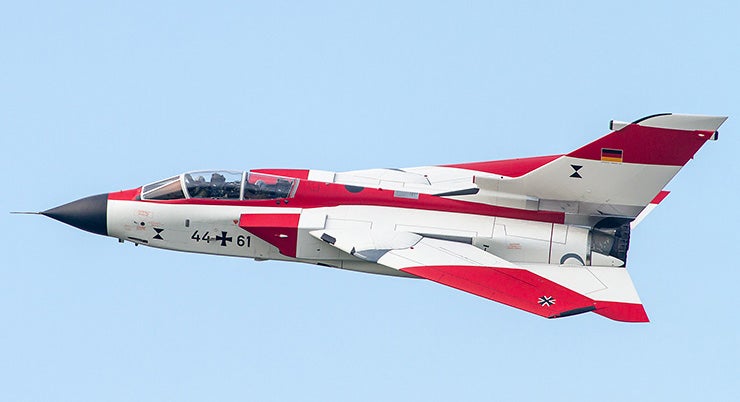
Panavia Tornado prototype in flight with wings retracted
Several European allies were working towards the same goal of a new multirole fighter, and it soon became apparent that working together would be more efficient than working individually. In 1960, four nations—the United Kingdom, Germany, Italy, and the Netherlands—agreed to form a multinational company called !!!error: Indecipherable SUB-paragraph formatting!!! to work together on the development of a Multirole Combat Aircraft (MRCA) capable of carrying out tactical strike missions, reconnaissance, air defense, and maritime patrol/attack. Britain was hoping to replace the !!!error: Indecipherable SUB-paragraph formatting!!! bomber and the !!!error: Indecipherable SUB-paragraph formatting!!! attack aircraft, while West Germany, the Netherlands, Belgium, Italy and Canada were looking for a replacement for the problematic !!!error: Indecipherable SUB-paragraph formatting!!! interceptor and ground attacker. Eventually the consortium decided on the Panavia 200, a swing-wing aircraft that would be developed into the Tornado.
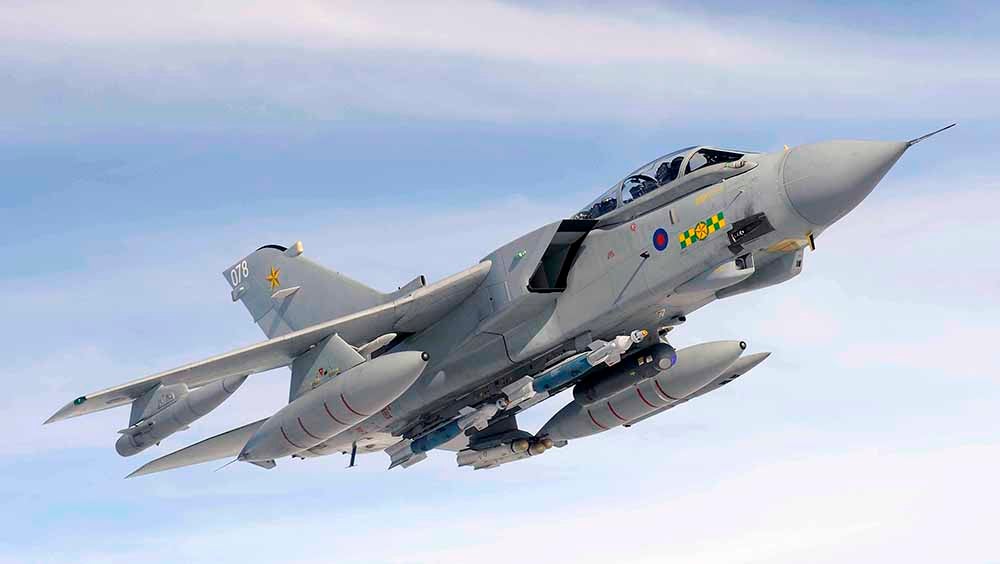
An RAF Tornado GR4 of 15 Squadron armed with laser guided bombs
The resulting design featured wings that swept between 25 and 67 degrees with hard points under the wings that swiveled as the wing swept. Power for the Tornado comes from a pair of !!!error: Indecipherable SUB-paragraph formatting!!! afterburning (reheating) turbofans which provide a top speed of Mach 2.2. The Tornado is armed with a single 27 mm !!!error: Indecipherable SUB-paragraph formatting!!! cannon and has the ability to carry 19,800 pounds of external ordnance as well as up to four nuclear bombs. A tandem cockpit with pilot in front and navigator/weapons officer in the rear was included to reduce pilot workload.
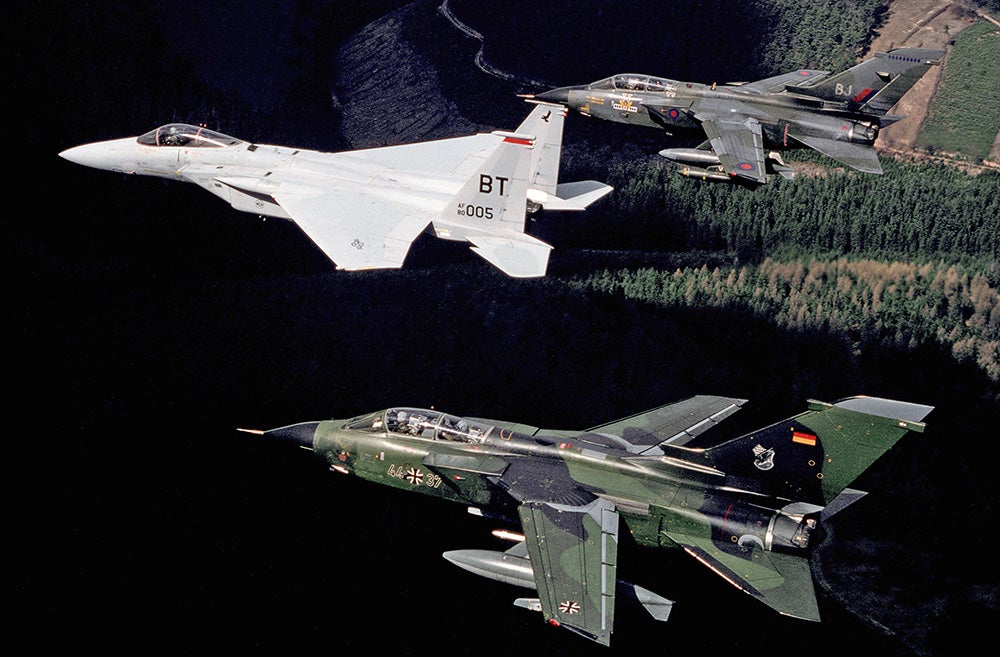
A US Air Force F-15C Eagle from Bitburg Air Base leads a Luftwaffe and an RAF Tornado during a fly past in 1987
The flight of the first prototype took place in West Germany in 1974, and the Tornado entered service first with the Luftwaffe in July 1979 followed by other partner nations. The Tornado eventually formed the backbone of the aerial attack and defense air forces of Britain, Germany, Italy and Saudi Arabia. German Tornados took part in the !!!error: Indecipherable SUB-paragraph formatting!!! , the first combat operations by the Luftwaffe since WWII. British and Italian Tornados saw action as part of the NATO force in !!!error: Indecipherable SUB-paragraph formatting!!! , and the RAF flew scores of missions with the Tornado during the !!!error: Indecipherable SUB-paragraph formatting!!! , eventually being complemented by older !!!error: Indecipherable SUB-paragraph formatting!!! which were used as target definition aircraft. A total of 992 Tornados of all variants were built by the time production ended in 1998. The type was retired from active RAF service in April 2019, though they will continue to be flown for training purposes, while German, Italian and Saudi Arabian Tornados remain in limited service.
!!! UNKNOWN CONTENT TYPE !!!
Short Takeoff
!!! UNKNOWN CONTENT TYPE !!!

August 12, 2018 – The launch of the Parker Solar Probe, a robotic probe built by NASA and the first to investigate the Sun’s !!!error: Indecipherable SUB-paragraph formatting!!! by passing through it. The probe will take approximately seven years to reach the sun by flying ever shrinking elliptical orbits, and scientific observations will take place each time the probe passes close to the Sun. Launched atop a !!!error: Indecipherable SUB-paragraph formatting!!! rocket, the Parker Solar Probe will pass the Sun on December 7, 2025 at 3.85 million miles at its closest while flying at a speed of roughly 430,000 mph. The goal of the mission is to study the Sun’s corona in the hopes of improving the forecast of space weather events that directly affect life on Earth.
!!! UNKNOWN CONTENT TYPE !!!

August 12, 1960 – The launch of Echo 1A, an experimental passive communications satellite and the first of two enormous, metal-coated balloons placed into low Earth orbit. The balloons acted as passive reflectors of microwave signals that could be bounced off the balloon and back to Earth. The launch of Echo 1 took place on May 13, 1960, but a stage of the newly-designed !!!error: Indecipherable SUB-paragraph formatting!!! launch system failed and the rocket fell into the Atlantic Ocean. The launch of Echo 1A three months later was successful, and a microwave transmission from the !!!error: Indecipherable SUB-paragraph formatting!!! in California reflected off the massive space balloon and was received at !!!error: Indecipherable SUB-paragraph formatting!!! in New Jersey. Echo 1 was followed four years later by Echo 2, which was 35 feet larger and was placed in a polar orbit that was visible from Earth with the naked eye. Echo 1A burned up in Earth’s atmosphere in 1968, followed by Echo 2 a year later.
!!! UNKNOWN CONTENT TYPE !!!
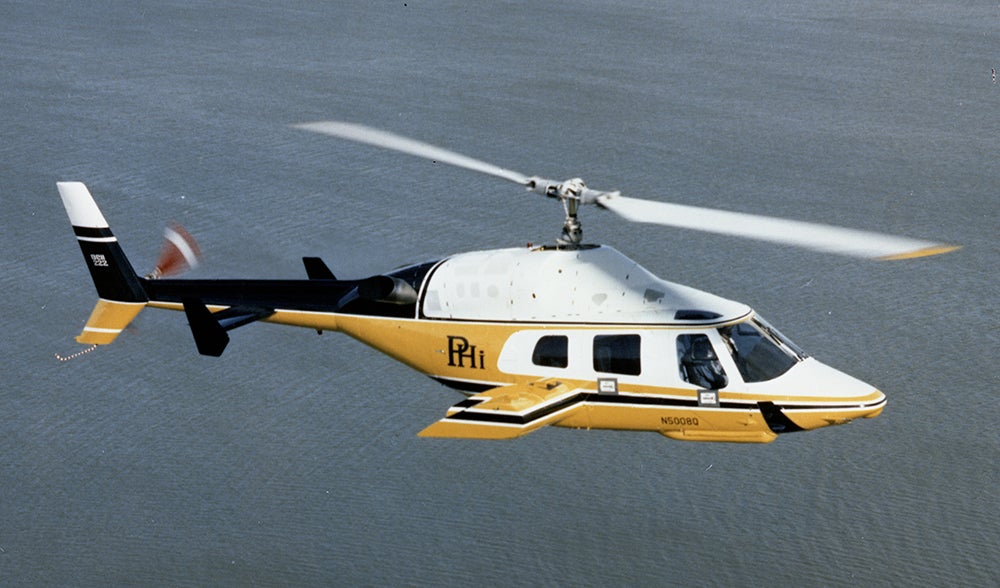
August 13, 1976 – The first flight of the Bell 222, a light executive and utility helicopter and the first of its class to have two turbine engines. The 222 also features retractable landing gear housed in sponsons on the sides of the fuselage and an advanced vibration reduction system. A total of 199 were built from 1980-1991, and it was developed into a number of variants, including the 222B configuration with a larger main rotor, and the 222UT (Utility Twin) which replaced the landing gear with fixed skids. In 1991, Bell upgraded the 222 to the 230, which had more powerful Allison 250 turboshaft engines, and later with the still larger and more powerful Bell 430. A cosmetically modified Bell 222 appeared as the titular helicopter in the television series !!!error: Indecipherable SUB-paragraph formatting!!! that ran from 1984-1987.
!!! UNKNOWN CONTENT TYPE !!!
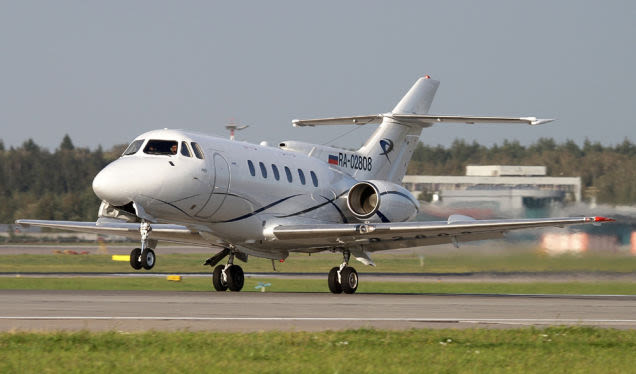
August 13, 1962 – The first flight of the British Aerospace 125,
a twin-engine corporate jet originally developed by de Havilland as the DH.125 Jet Dragon and designed as a replacement for the
!!!error: Indecipherable SUB-paragraph formatting!!!
. Following the purchase of de Havilland by
!!!error: Indecipherable SUB-paragraph formatting!!!
in 1960, the 125 entered production as the Hawker Siddeley HS.125, while later models were known as the Hawker 800. One of the earliest business jets, the 125 found a wide open market for executives and government agencies, including the US Air Force, where it was adopted as the C-29, and the Royal Air Force, who flew it as a navigation trainer designated the Hawker Siddeley Dominie T1. A 125 was also owned by Formula 1 driver
!!!error: Indecipherable SUB-paragraph formatting!!!
. More than 1,600 aircraft were produced from 1962-2013.
!!! UNKNOWN CONTENT TYPE !!!
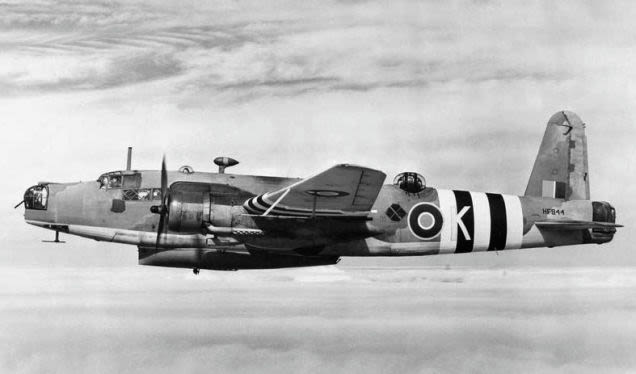
August 13, 1939 – The first flight of the Vickers Warwick,
an aircraft originally designed and built by
!!!error: Indecipherable SUB-paragraph formatting!!!
as a bomber to complement the
!!!error: Indecipherable SUB-paragraph formatting!!!
. The Warwick went through a long and difficult development process, and was ultimately deemed to be redundant by the time it entered service in 1942, and only 16 were delivered as bombers. The rest of the nearly 850 aircraft produced still found roles to fill, and served as transports, maritime reconnaissance and anti-submarine patrol, and for air-sea rescue. Most of the production Warwicks were fitted with a deployable lifeboat (see photo) which could be dropped to the crews of downed bombers over the English Channel or North Sea. A small number of Warwicks were also converted as passenger planes and flown by British Overseas Airways Corporation.
!!! UNKNOWN CONTENT TYPE !!!
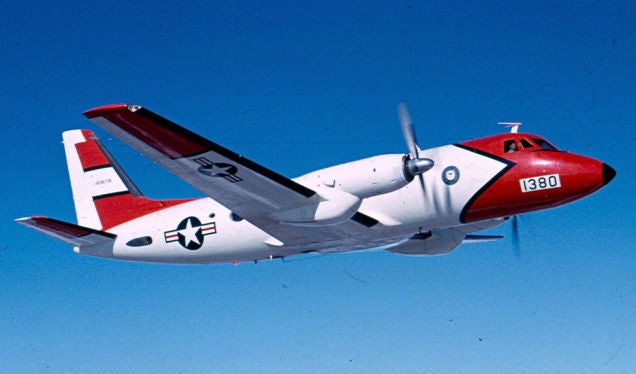
August 14, 1958 – The first flight of the Grumman Gulfstream I. Grumman’s work on the development of a turboprop-powerd executive transport began with discussions about converting either the !!!error: Indecipherable SUB-paragraph formatting!!! or !!!error: Indecipherable SUB-paragraph formatting!!! for transport duties. Grumman eventually settled on an entirely new design which became the Gulfstream which featured a low cantilever wing monoplane powered by two !!!error: Indecipherable SUB-paragraph formatting!!! turboprops. Depending on the configuration, the Gulfstream can accommodate 10-24 passengers and it became a popular commuter airliner. It was also adopted by the US military as the C-4, and a modified version known as the TC-4C was used for navigator training. A handful remain in operation today, mostly with charter airline Phoenix Air. A total of 200 were built from 1959-1969.
!!! UNKNOWN CONTENT TYPE !!!
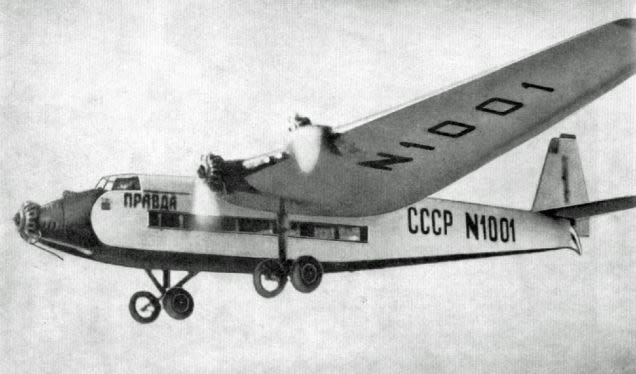
August 14, 1933 – The first flight of the Tupolev ANT-14,
the first all-metal aircraft produced in Russia and the flagship of the Soviet propaganda squadron. The ANT-14 was an enlarged version of the three-engined
!!!error: Indecipherable SUB-paragraph formatting!!!
, and was powered by five
!!!error: Indecipherable SUB-paragraph formatting!!!
!!!error: Indecipherable SUB-paragraph formatting!!!
, two on each wing and one in the nose. Capable of carrying 36 passengers, the ANT-14 never entered production, as there was no need at the time for such a large passenger aircraft. Consequently, it was named
Pravda
(
Truth
) and carried out sightseeing flights over the Russian capital of Moscow and transported over 40,000 passengers before it was retired in 1941.
!!! UNKNOWN CONTENT TYPE !!!
Connecting Flights
!!! UNKNOWN CONTENT TYPE !!!
!!! UNKNOWN CONTENT TYPE !!!
!!! UNKNOWN CONTENT TYPE !!!
!!! UNKNOWN CONTENT TYPE !!!
!!! UNKNOWN CONTENT TYPE !!!
!!! UNKNOWN CONTENT TYPE !!!
If you enjoy these Aviation History posts, please let me know in the comments. You can find more posts about aviation history, aviators, and aviation oddities at !!!error: Indecipherable SUB-paragraph formatting!!! .
!!! UNKNOWN CONTENT TYPE !!!
 Ash78, voting early and often
> ttyymmnn
Ash78, voting early and often
> ttyymmnn
08/14/2020 at 12:44 |
|
That JAL 123 story is one of my favorites, just a crazy set of circumstances for it all to happen, and for the crew to keep it airborne for so long. Some estimates are that up to 100 people survived the impact and then died of exposure and injuries overnight while the local authorities waited for daylight...and rejected US military offers for SAR assistance in the meantime. So sad.
 ttyymmnn
> Ash78, voting early and often
ttyymmnn
> Ash78, voting early and often
08/14/2020 at 12:49 |
|
And a double tragedy since superior airmanship managed to save 100 people. Just wait til next week when I tell abo ut an accident on a Saudi L- 1011. Again, excellent airmanship saves the plane, only to have everybody die because of ineptitude on the ground.
 user314
> ttyymmnn
user314
> ttyymmnn
08/14/2020 at 14:48 |
|
GB Racer: basically the pilot strapped to an engine
SNECMA: “ Tiens mon vin... ”
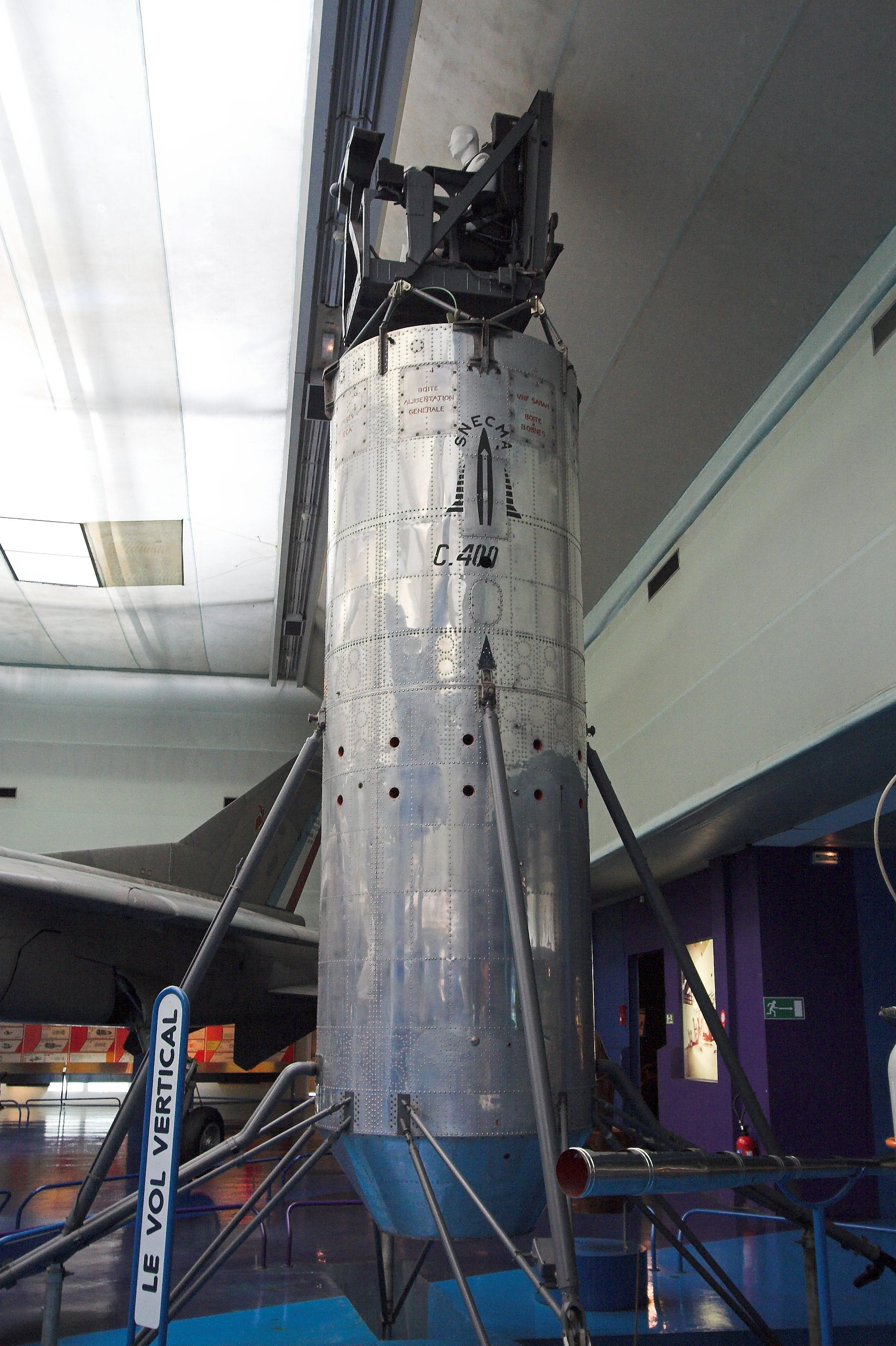
 ttyymmnn
> user314
ttyymmnn
> user314
08/14/2020 at 16:57 |
|
Who the hell did they find to sit on that?
 user314
> ttyymmnn
user314
> ttyymmnn
08/14/2020 at 17:10 |
|
Someone very brave. Still, it did make 200 flights without incident. The follow up design, the Coleoptere , managed only 8.
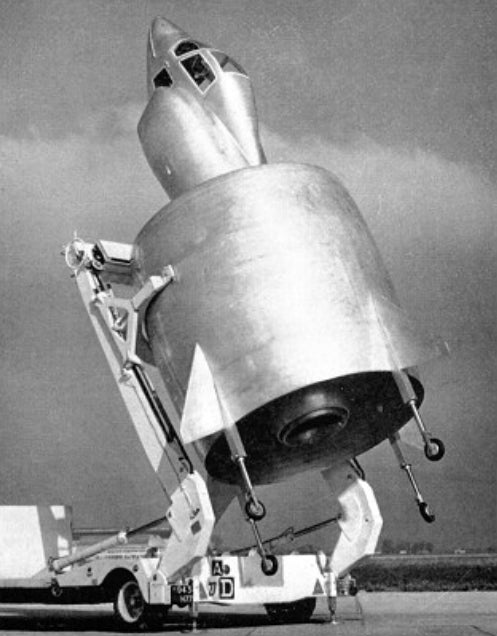
 user314
> ttyymmnn
user314
> ttyymmnn
08/14/2020 at 17:12 |
|
The Tornado is, I think, the first design to enter and leave service during my lifetime. This makes me feel very old...